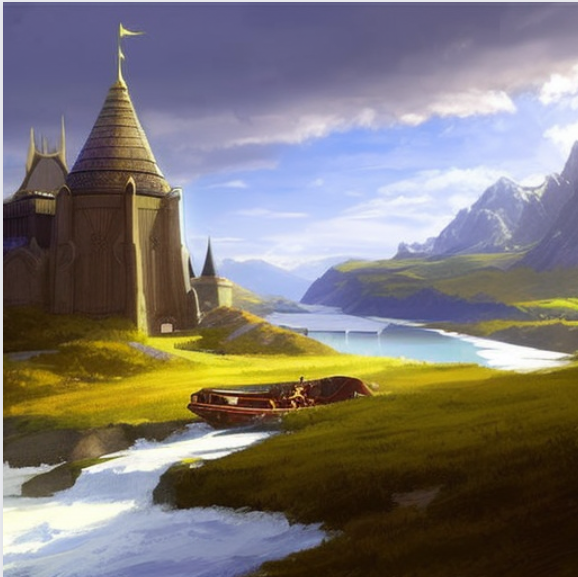[ad_1]

Do you remember the days when you had to take a picture with your own camera to get a nice image for your website? Skip ahead a few years and you have Photoshop, search engines, and stock photo libraries at the touch of a button.
Now, in the race to make things even simpler and faster, the industry has evolved once again. Artificial intelligence can now generate images for you based on simple text input.
In a short time, AI-assisted design is starting to eat up more and more of the creative workflow in several industries, including marketing, design, and even programming.
But are the results worth all the hype? Find out for yourself.
In this article, we’re looking at how a design-oriented company is beginning to incorporate artificial intelligence into their online service.
Australian-based design company, Canva, has created an app that allows you to describe an image and then create it using a simple AI application. The app is called Text to Image.
We’ll show you how it works, what you can make, and then discuss the use of AI in creative works, pitfalls and potential alike.
How to Use Text to Image in Canva
In composing an original artwork, the very first thing you might do is to brainstorm, thumbnail sketch, or create an outline. With AI, you can simply think about how to describe the image you want in plain text, and then type it into the program.
Start off with a few simple commands and see what you get. Continual revision of text, and judging the output, is the cycle of AI art creation. Rinse and repeat.

Canva’s Text to Image app uses a vast library of images as training data to produce output in 3 basic styles: concept art, photograph, or painting. Once you’ve selected a style, you can simply type in a text command to generate your image.
For example, if you want an image of a colorful bush with flowers, you can simply type “colorful bush with flowers.” See what you get.

You might be happy with the output you get on the first try. But if not, remember you can be more specific. For example, you might instead write “colorful bush with flowers at sunset in watercolor style.” The output from this command should be more in line with what you hope to see. Rinse and repeat.

What Kind Of Image Formats Are Supported?
You can create AI art for a variety of formats.
You can select a custom size, or pick from popular social media formats (e.g. Facebook, Instagram), posters, videos, invoices, infographics, proposals, book covers, and postcards – just to name a few.
The Text-To-Image app requires some specificity and fine-tuning. It’s at the stage where these creations are still relatively simple and may require human intervention in order to meet specific requirements.
Don’t be surprised if the AI generates some weird and wonky images.
AI in Creative Work – Good or Bad?
The Text to Image option is a great way to some instant graphical gratification, but it may not always meet the rigorous standards you’d expect from a trained artist.
So is AI good or bad for creative work?
AI imitates the kind of art that people want to see, but not always accurately. It can interpret and generate aesthetically pleasing compositions in broad strokes but not so much in the details.

AI Generated Image for “Concept Art of a Fantasy World, Medieval Times”
If you want something uniquely beautiful or specific you may still want to work with a trained human artist.

Concept Art for the CD Projekt RED’s Medieval Fantasy World of the Witcher 3: Blood and Wine by Andrzej Dybowski
For corporations, it may result in the reduction of skilled workers since obtaining images can be faster and easier with AI. Concept art that may have taken weeks to build can now be generated in a few seconds. But on the other hand, creating consistent high-quality AI art is an art unto itself.
In choosing what kind of AI you need to get the job done, you are weighing speed against consistent quality.
You can find many examples of AI being used in creative endeavors, but they’re always tied to the operation and intervention of a human at this time. The use of AI to help build elements in an overall design is fast becoming a norm, but you still can’t use it to build everything for you – at least not yet.
Related
[ad_2]
Source link
